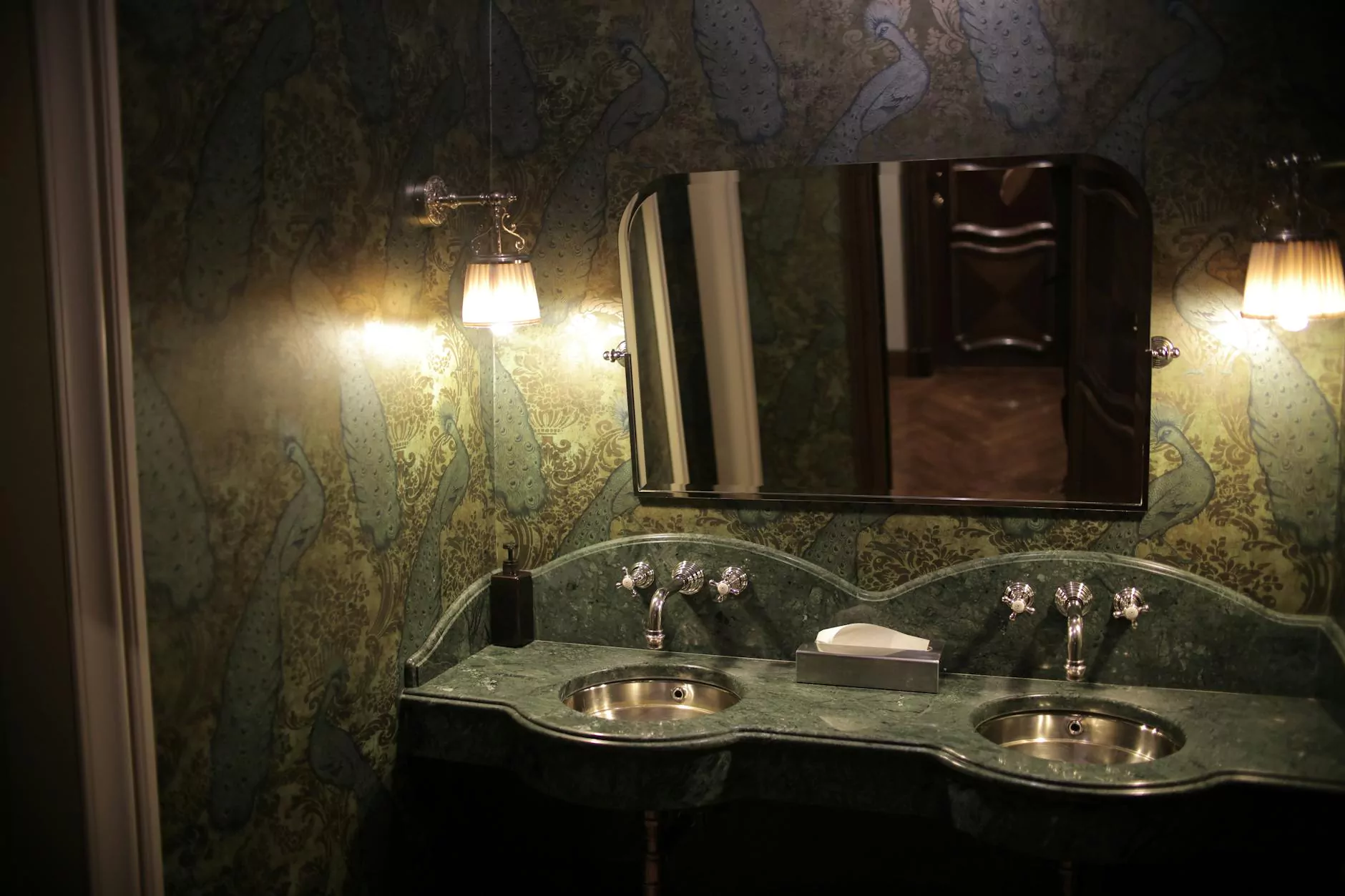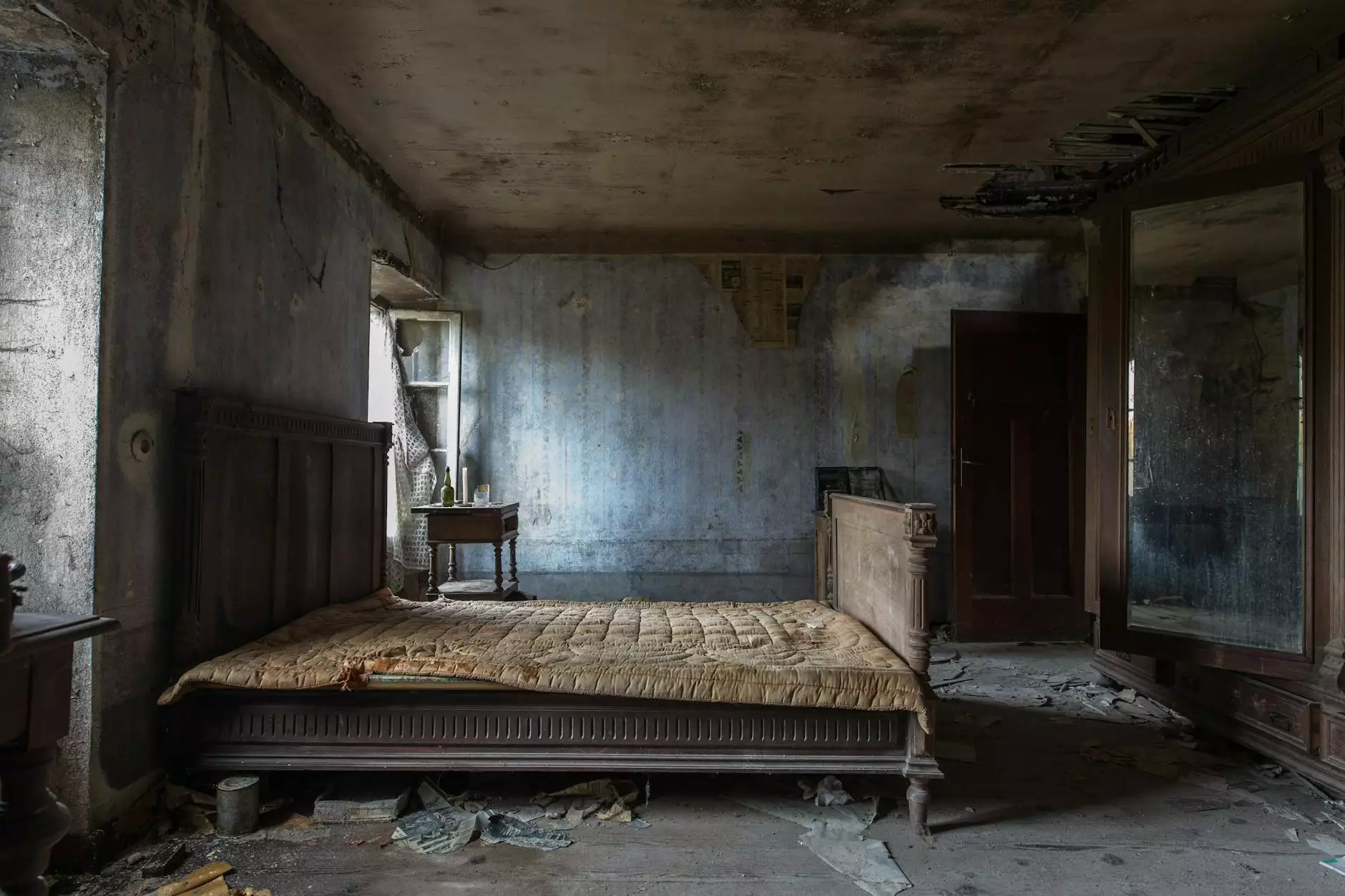The Artistic Use of Light in Art: A Deep Dive into Creative Illumination

Light has universally been recognized as a fundamental element in art, serving purposes that extend beyond mere illumination. It is a powerful tool used by artists to convey emotion, emphasize focal points, create depth, and influence the viewer’s perception. From the classical masterpieces of the Renaissance to contemporary installations, the artistic use of light in art is a testament to humanity’s enduring fascination with illumination as both a literal and metaphorical device.
Understanding the Role of Light in Artistic Expression
Light in art is not just about brightness; it is an expressive medium. Its manipulation can evoke feelings of serenity, tension, awe, or introspection. Artists harness light to guide viewers through their visual narratives, highlighting specific elements, creating illusions, and transforming mundane scenes into extraordinary visual statements.
The significance of light in art extends into several core aspects:
- Emotional Impact: Light can evoke emotional responses, such as the gentle glow of dawn inspiring hope or the stark shadows of a noir scene evoking mystery.
- Visual Focus: Brightness draws attention, guiding viewers directly to the centerpiece of a composition.
- Depth and Dimension: Proper use of light and shadow creates a sense of three-dimensionality, adding realism and volume to artworks.
- Symbolism: Light often represents purity, knowledge, divinity, or enlightenment within a thematic context.
- Atmosphere and Mood: Variations in lighting establish the tone and ambiance, shaping the viewer's emotional journey.
Historical Perspectives on the Artistic Use of Light in Art
The journey of light in art spans centuries, with transformative periods that showcase evolving techniques and philosophies. Understanding these historical developments helps appreciate the depth and diversity of light's application.
Classical and Renaissance Art
During the Renaissance, artists such as Leonardo da Vinci and Michelangelo mastered the use of chiaroscuro—a technique that employs strong contrasts between light and dark to model figures and create a sense of volume. Leonardo’s Last Supper and Mona Lisa exemplify nuanced light use to articulate mood and realism.
Baroque Innovations
The Baroque era saw artists like Caravaggio push the boundaries of lighting with tenebrism—a dramatic spotlighting that isolates figures against dark backgrounds, heightening emotional intensity. This technique became a powerful tool for storytelling and spiritual expression.
Impressionism and Modern Breakthroughs
Moving into the 19th century, Impressionists like Claude Monet experimented with natural light, capturing fleeting moments and the ephemeral qualities of atmosphere. The advent of artificial light and new technological mediums further expanded artistic possibilities.
Contemporary and Conceptual Uses
Today, artists incorporate light not only as a visual element but also as an integral component of installation art, performance, and digital media. Light art, such as the works of Grimanesa Amorós, exemplifies the innovative uses of light to transform spaces and challenge perceptions.
Innovative Techniques and Mediums in the Artistic Use of Light
The progression of techniques has allowed artists to explore light in multifaceted ways. Here are some notable methods and mediums:
- Chiaroscuro and Tenebrism: Traditional techniques emphasizing high contrast for realism and drama.
- Reflections and Refractions: Manipulating light through surfaces like glass and water to create captivating effects.
- Projection Mapping: Using digital projections to animate static surfaces and architectural features.
- Light Installations and LED Art: Employing modern technology to craft immersive environments.
- Photography and Cinematography: Harnessing natural and artificial light to produce mood, depth, and storytelling in visual media.
- Mixed Media and Digital Art: Combining traditional artworks with digital light effects for innovative presentations.
The Impact of the Artistic Use of Light on Modern Art Galleries
Contemporary art galleries, including grimanesaamoros.com, harness the artistic use of light to engage audiences in new ways. These spaces leverage illumination techniques to enhance viewing experiences, highlight artistic details, and create memorable atmospheres.
Galleries are increasingly adopting the following strategies:
- Ambient Lighting Optimization: Modulating lighting levels to enhance artwork perception without causing damage.
- Interactive Light Exhibits: Incorporating sensors and digital interfaces for visitor engagement.
- Theme-based Lighting Design: Creating specific moods aligned with the exhibition’s narrative.
- Use of Color and Dynamic Lighting: Applying chromatic variations to evoke emotional responses.
These lighting innovations make exhibitions more immersive, allowing viewers to experience art on a deeper emotional and sensory level.
Impacts of Light on Perception and Viewer Experience in Art
The way light interacts with artworks influences perception in several profound ways:
- Enhancement of Details: Proper lighting brings out textures and intricate details otherwise unnoticed.
- Alteration of Mood: Warm, soft light induces calmness, whereas stark, cold light creates tension.
- Creating Illusions of Space: Strategic lighting can manipulate perceptions of depth and scale.
- Highlighting Symbolism: Illuminated elements emphasize thematic significance within the composition.
- Engaging the Audience: Light can direct focus, guiding viewers' gaze and interaction.
Future Trends in the Artistic Use of Light in Art
As technology advances, the artistic use of light in art is poised for exciting developments:
- Laser and Holographic Art: Creating three-dimensional displays that challenge perceptions.
- Immersive Light Experiences: Virtual and augmented reality installations that envelop viewers in light-based environments.
- Smart Lighting Integration: Responsive artworks that change based on viewer interaction or environmental factors.
- Eco-Friendly Lighting Solutions: Sustainable light sources that align art with environmental consciousness.
- AI-Driven Art Creations: Artificial intelligence assisting in dynamic light compositions and conceptualizations.
These innovations promise to deepen the viewer's engagement with art, pushing the boundaries of visual storytelling and sensory experience.
Conclusion: The Enduring Power of Light in Art
The artistic use of light in art continues to be a vital, expressive tool that transcends cultural and temporal boundaries. Its ability to evoke emotion, structure perception, and transform spaces ensures that light remains central to artistic innovation. Galleries like Grimanesa Amorós exemplify how contemporary artists harness light not only as a visual element but also as a means to forge profound connections between art and audience.
Embracing the limitless possibilities of light through tradition, innovation, and technological integration, the future of light in art holds endless potential. It invites us to see the world through illuminated lenses, revealing beauty, mystery, and insight in every gleam and shadow.









